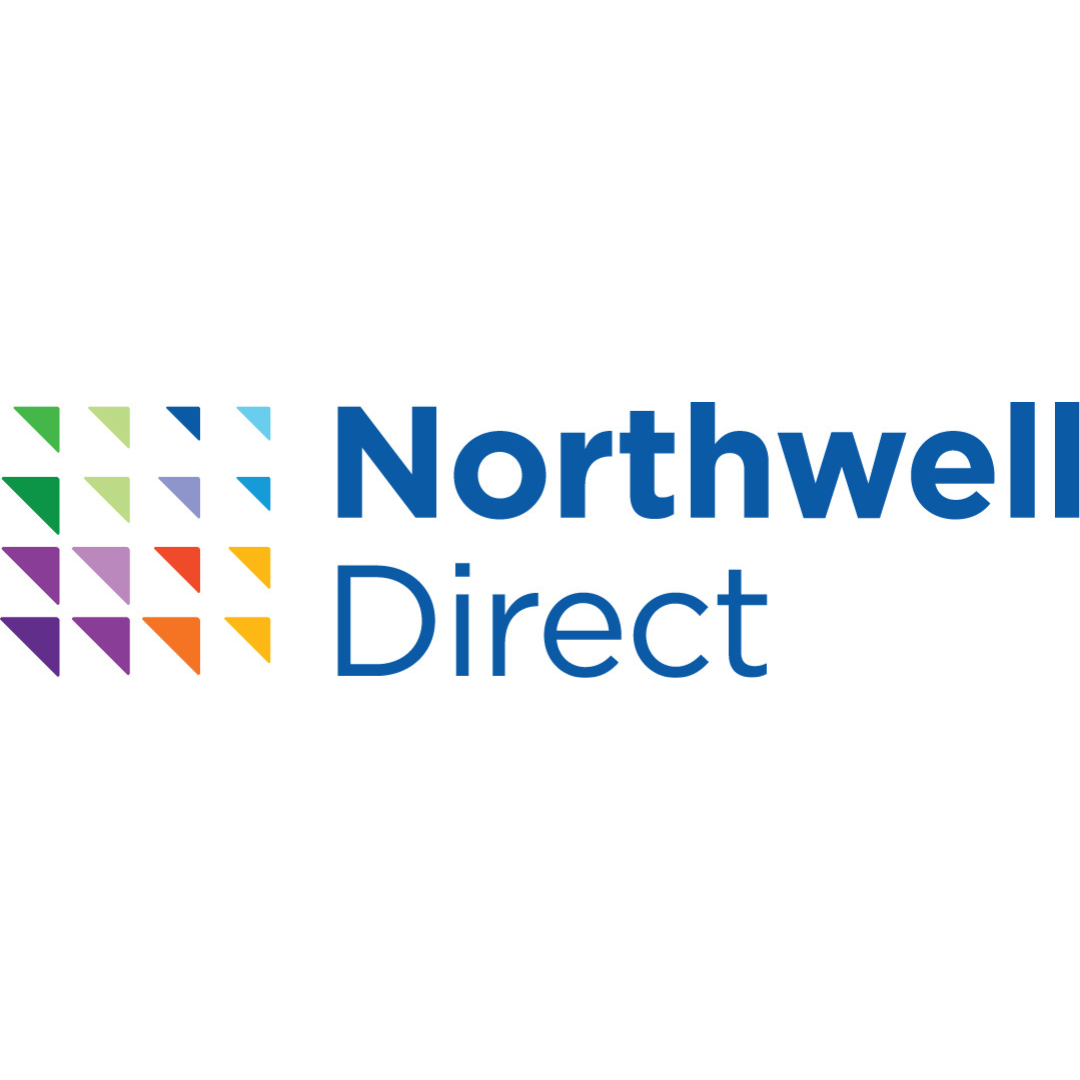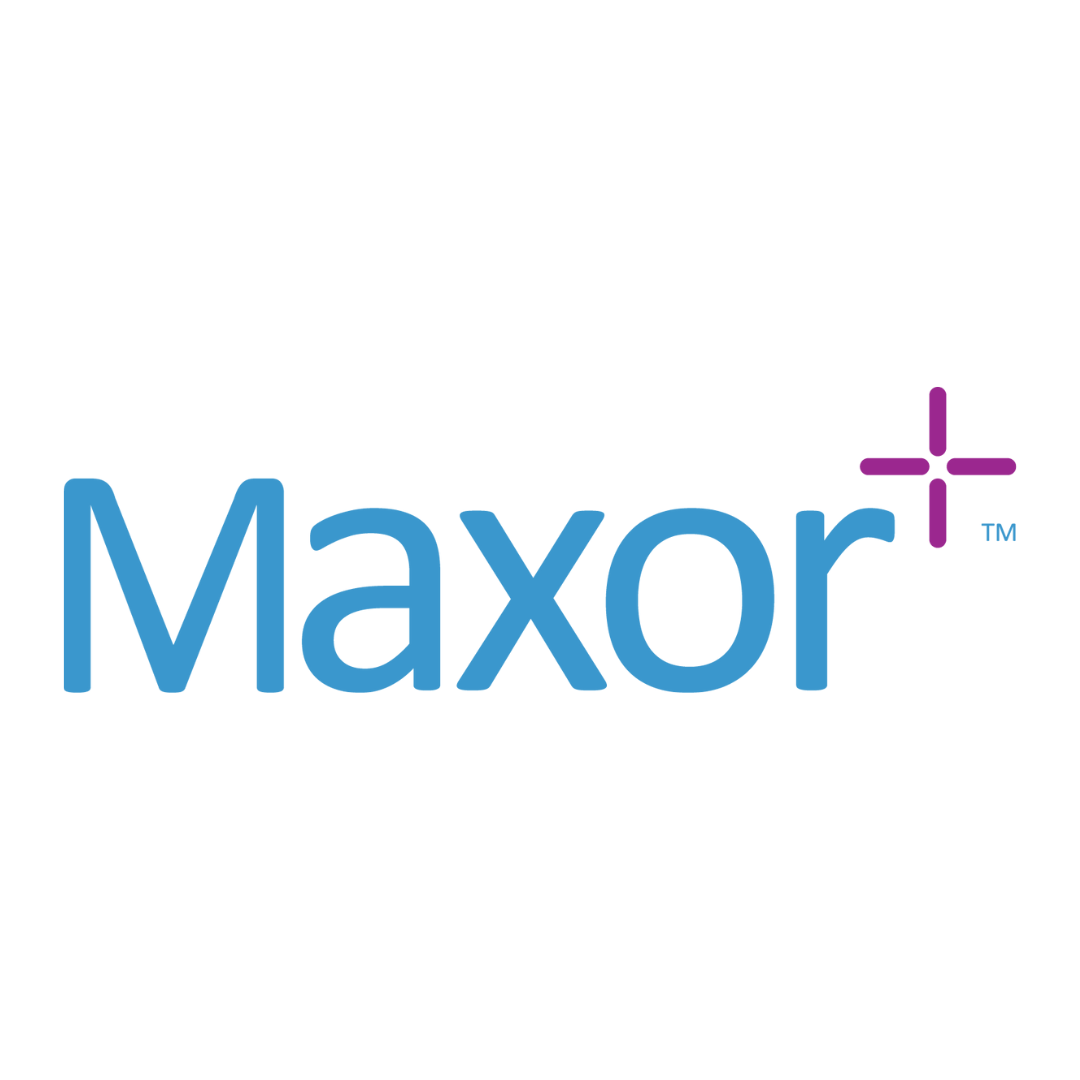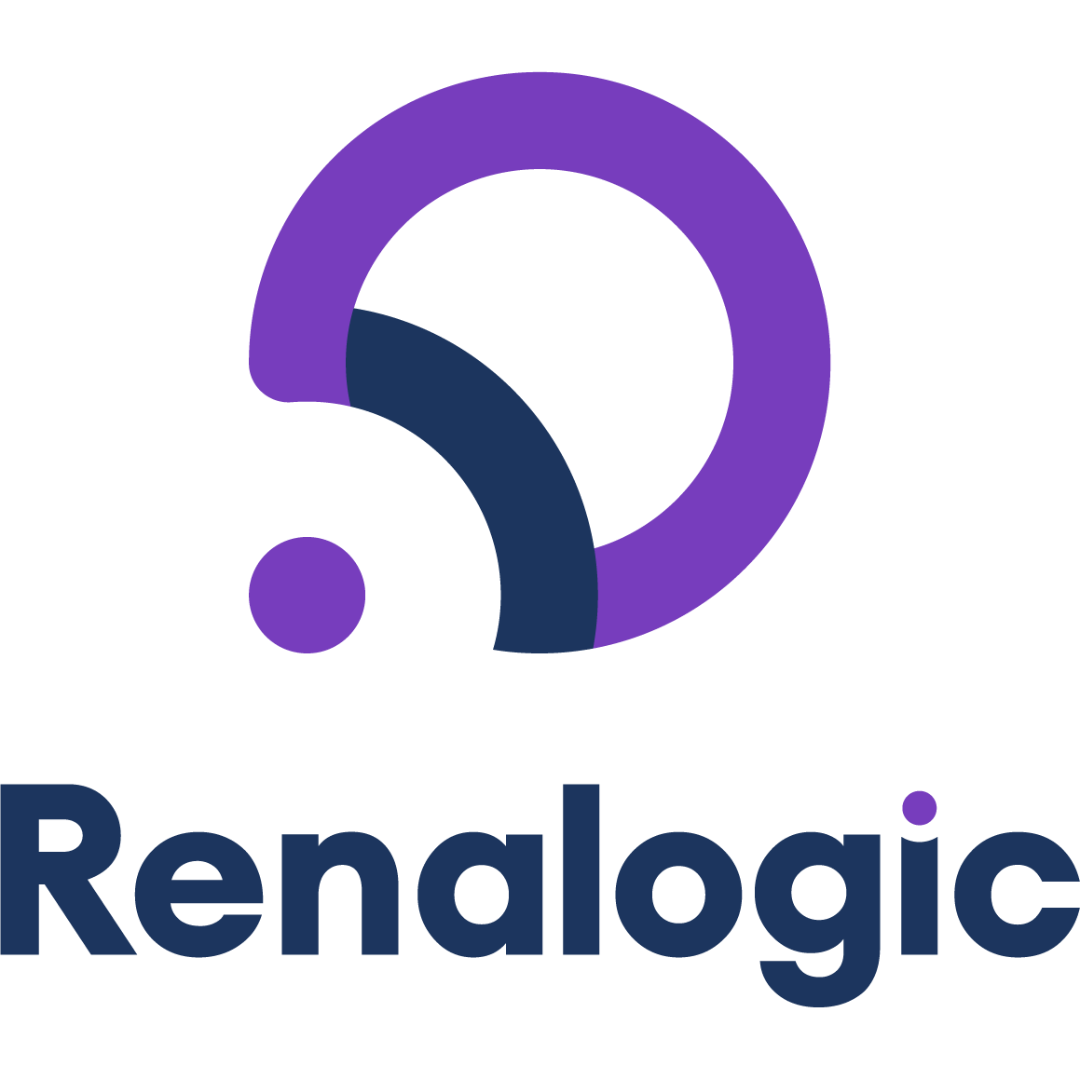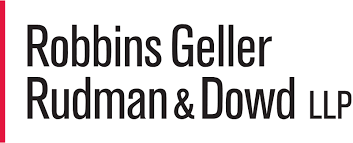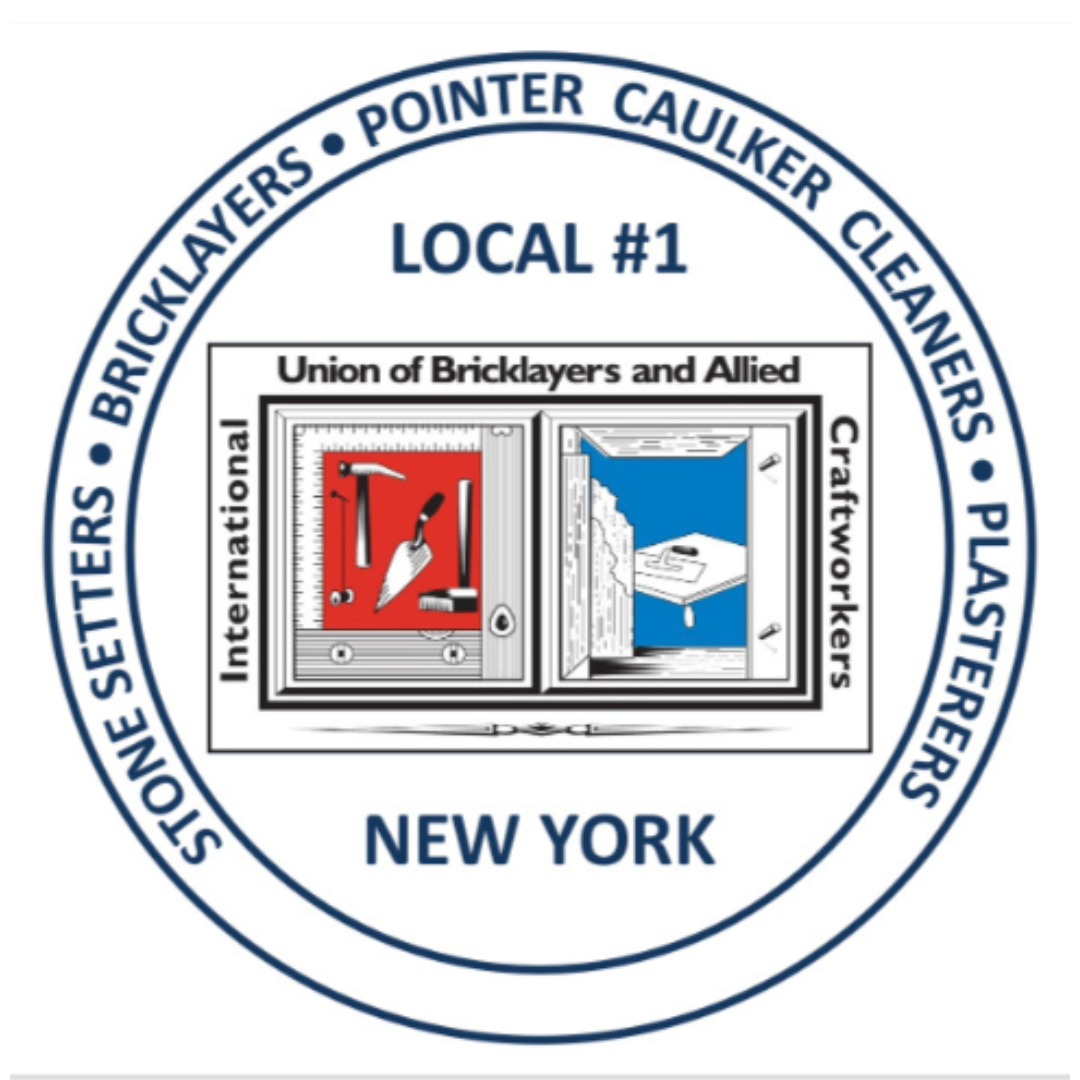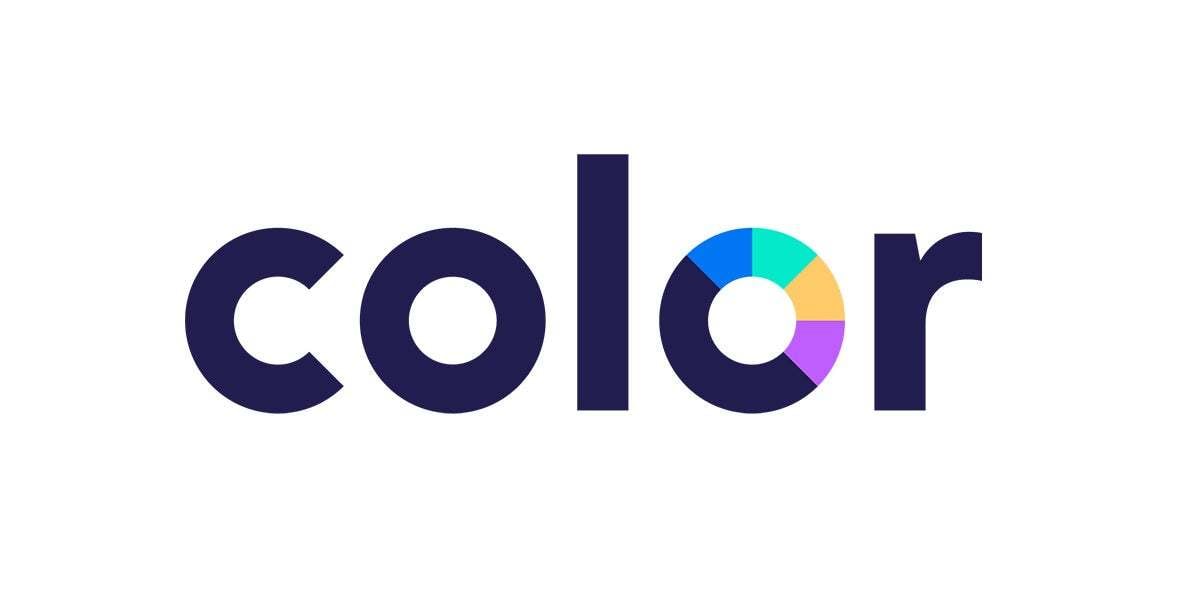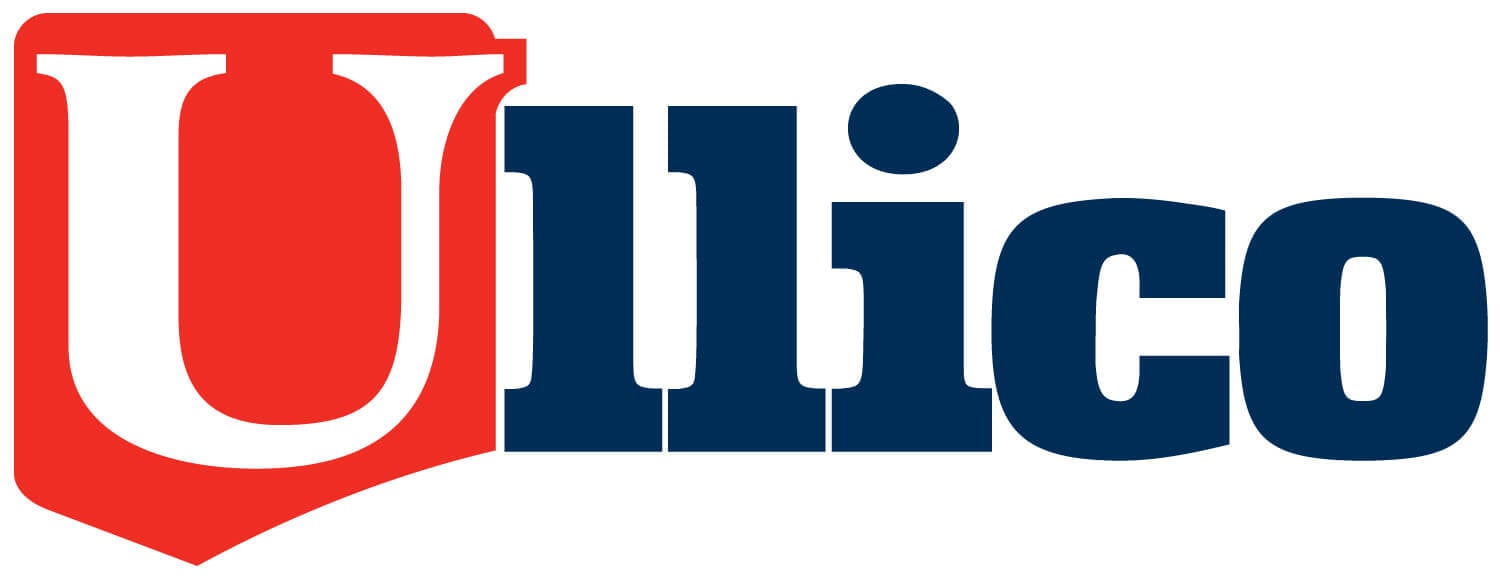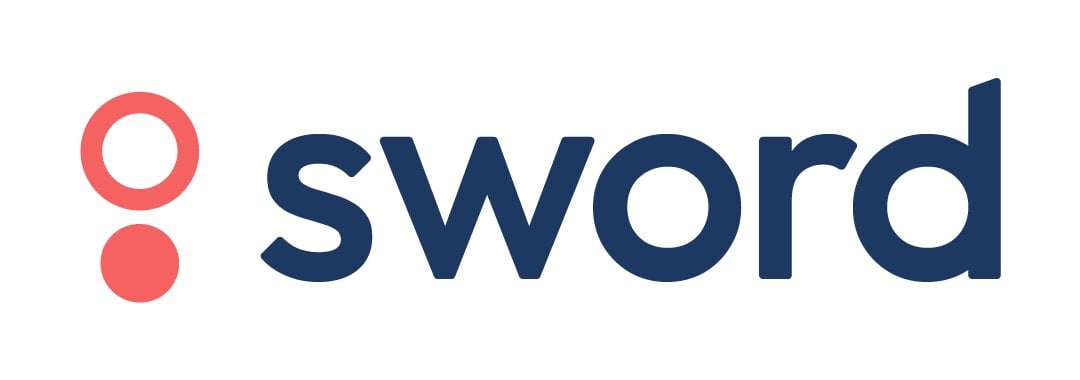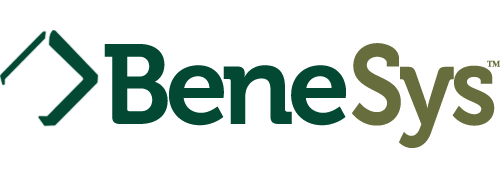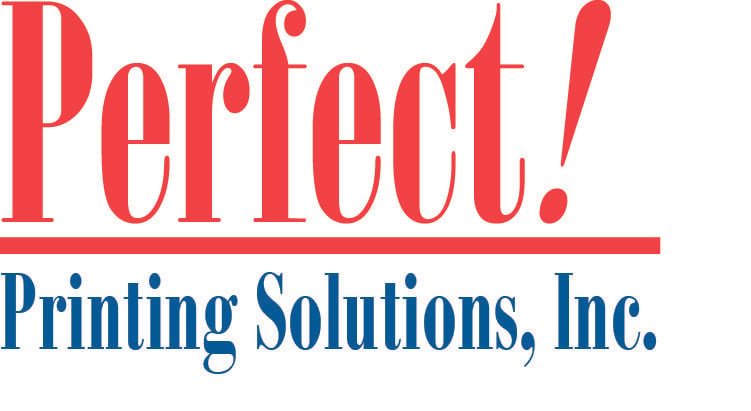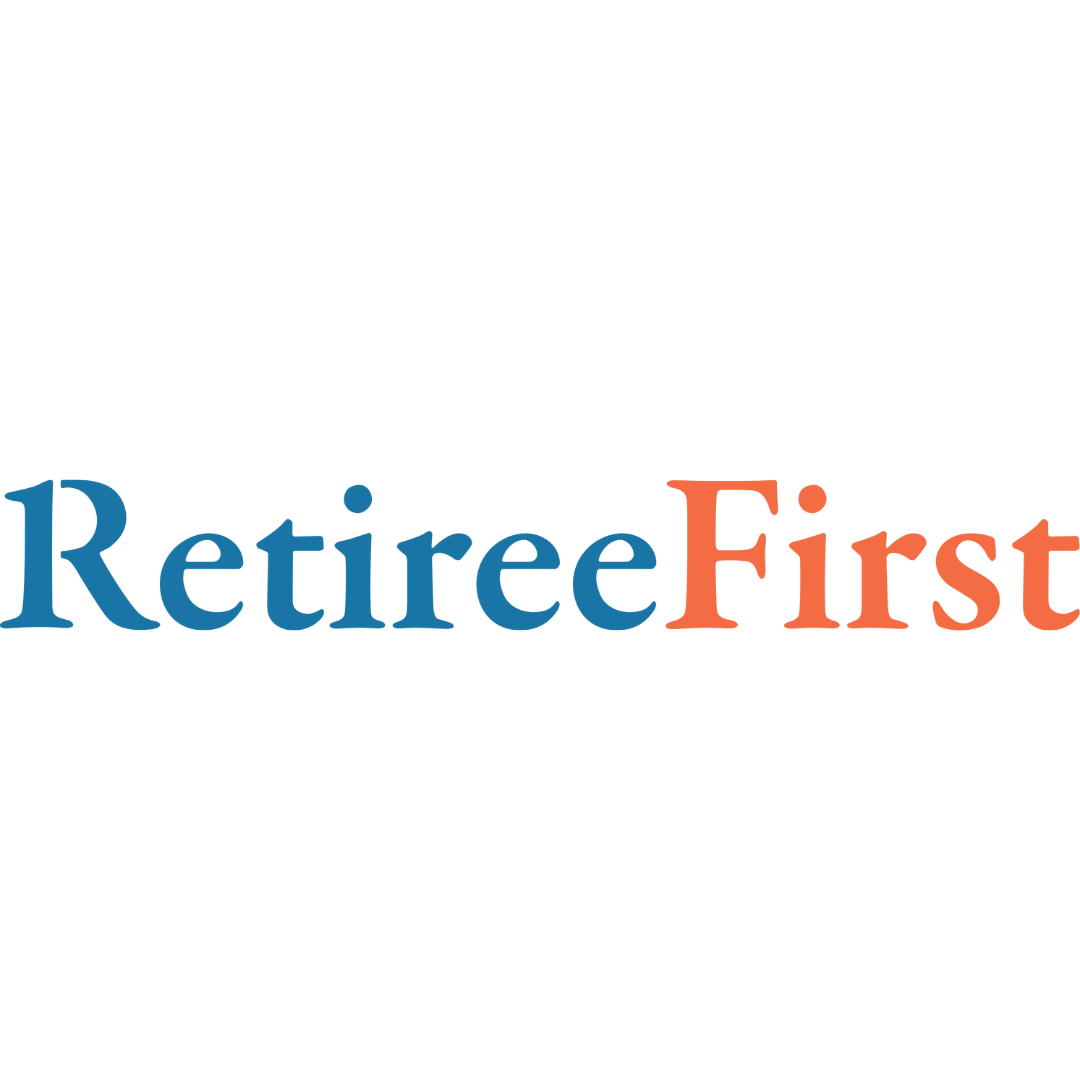Health and Welfare Funds Navigate the Rising Costs of Specialty Pharmaceuticals
Michael Jordan is Chief Business Officer at Payer Matrix, an organization that provides quality care management and advocacy for specialty drugs. He worked as a Teamster, before embarking on a 30-plus career in the insurance industry, with a focus on employee benefit programs for the labor market. In a recent Q&A, Jordan spoke about how health and welfare funds are affected by the rising cost of specialty pharmaceuticals.
Why are specialty drugs such a hot topic right now?
Where cost is going, it’s untenable. It’s unaffordable and it’s only going to get worse. These products serve a great need, but there’s got to be some middle ground.
When I started in the business, drug costs were around 8 cents on the dollar. For every dollar spent on health care spent, 8 cents were attributed to drugs. Today, it’s 35 cents on the dollar. That’s a big jump in the last 30 years.
And we all know the cost of healthcare has not gone down. The percentage of that dollar has gone up significantly for drug therapy. Don’t get me wrong, specialty drugs are helping individuals manage conditions so they live longer or live better lives. These drugs bring a lot of value to the table. It’s just a very expensive proposition for benefit plans and Americans in general to figure out how to afford them.
How does this issue impact unions specifically?
This year, the typical brand specialty drug will average $20,000 a month. To put that in perspective, that’s $240,000 per year, and we have union workers making $50,000 or $60,000 a year.
They’re sitting down with their labor leadership, trying to get more out of their paycheck, because the cost of living has gone up so much. Yet, one of their brethren is potentially on a drug that costs $240,000 a year. So this puts plan sponsors in a very difficult position. At the next collective bargaining agreement, union leaders want to put more money in the paycheck, but they still have to cover those drug benefits.
What about generic drugs? Are they a solution?
The reality is that many plans, their pharmacy benefit managers (PBMs), and the country in general, are using generic drugs as much as they can. A lot of the plans we work with may have an 80 to 85 percent generic utilization rate. That means that 80 to 85 percent of the drugs being dispensed for that union or welfare fund are generic. Generics are less than $20 a month, give or take. They’re cheap. But we have this other 10 or 15 percent dispensed that are specialty drugs. That’s what’s driving 90 percent of the total cost. So that’s the challenge.
Last summer the Biden administration announced that it’s taking steps to address the issue. The administration ended up getting sued by pharmaceutical manufacturers. The manufacturers raised their hands and said, you can’t fix drug pricing or even try to negotiate drug pricing on behalf of Medicare because that’s unconstitutional. So the administration tries to curtail or curb some of the increases in prices for some products, and the first thing that happens is the manufacturers sue them for trying. So this is going to be the battle over the next couple of years.
How does Payer Matrix fit into the picture?
Pharmaceutical manufacturers have programs through which qualified patients can get their drugs for free. We connect patients or members with those programs.
Brand specialty drugs are not ACA mandated. If you’re governed under ERISA or a self-funded plan, you don’t have to cover these drugs, because there are alternatives to these drugs. Some of these drugs are better for some patients than others, but there’s no mandate that says funds have to cover these drugs.
There’s an opportunity for participants in these plans to opt out of covering these drugs and for the fund participants to access these manufacturer programs.
Doing so reduces costs significantly, and that creates an opportunity for the trustees at that next collective bargaining session to put a couple more bucks into the paycheck of the participants as opposed to putting it into benefits.
And it’s not really the plan funding the benefits, it’s the participants. The money derived from the work of the participants funds the benefits. If I’m a carpenter or electrician, a portion of what I would have gotten in my paycheck goes towards benefits, and those benefits are in the fund when I then need to use them.
So unions stop covering the specialty drugs but hire Payer Matrix to help participants in the plan get the drugs they need?
When the plan makes a decision that the costs are untenable, it can say “I’m going to carve these products out.” In doing so, it allows Payer Matrix to step in as an advocate and to help those folks who are on those products through a process. And the process is an application process.
I don’t do my own taxes. That time comes around every year. I give all my information to my accountant. He or she comes back to me and says, “I have several questions here.” I answer the questions. They prepare the document. We review it together. I sign it. They submit it. That’s what Payer Matrix does for many of these brand specialty drugs that have programs where participants can access them at no cost. We help them through that process. We shepherd them through that process.
What happens if a participant doesn’t qualify or can’t access the manufacturers’ program for some reason?
When a participant is ineligible for the manufacturer assistance program, they can appeal. Plan sponsors can provide for an exception or override for that product which could be subject to a pre-determined cost structure (i.e. the same copay/cost structure on formulary/covered products) or the plan can uphold the exclusion of the product and the member/patient can work with their Physician for an alternative product. It’s important to note that many of these drugs have several alternatives that can produce the same desired outcome.
How does not covering certain specialty drugs help unions, cost-wise?
The cost savings comes because the plan is not spending $10,000 for a drug anymore. The cost goes to $0. There’s an advocacy fee that they pay us, but the advocacy fee pales in comparison to the cost of that drug. Generally speaking, these plans, taking into account the loss of rebates, are spending 50 cents on the dollar.
So if I spent $2 million last year, I have the ability to take $1 million out of my cost. Ultimately, it’s the participants’ money. They’re the ones ultimately benefiting from it, and that’s how the requirements are written for many of the drug manufacturers’ programs. It comes down to the requirements of the program and who’s going to benefit.
The Union Labor Life Insurance Company works with Payer Matrix to help lower the cost of stop loss insurance. How does that work?
Payer Matrix works alongside the plan sponsor, the participants, and Union Labor Life. It’s a positive outcome for all three.
For example, say a plan participant had hemophilia, the specialty drug they use could cost $600,000 a year. If the plan removes that specialty drug from its coverage, and we help the participant access the free drug program, that $600,000 goes to zero.
If the group had a $200,000 attachment point, Union Labor Life would have been responsible for covering $400,000. But now the cost is zero, so that allows Union Labor Life to price the policy at a lower premium based on the risk profile.
In essence, by removing that cost, stop loss is able to achieve a better outcome financially with the plan sponsor, because we’ve removed a significant part of that cost equation. By removing that cost, it helps the plan and Union Labor Life to better manage the risk. Because, ultimately, plan sponsors are paying for known risk. Stop loss is really there to help you pay for the unknown risk.
This conversation has been edited and condensed for clarity.
Credit: ullico.com



